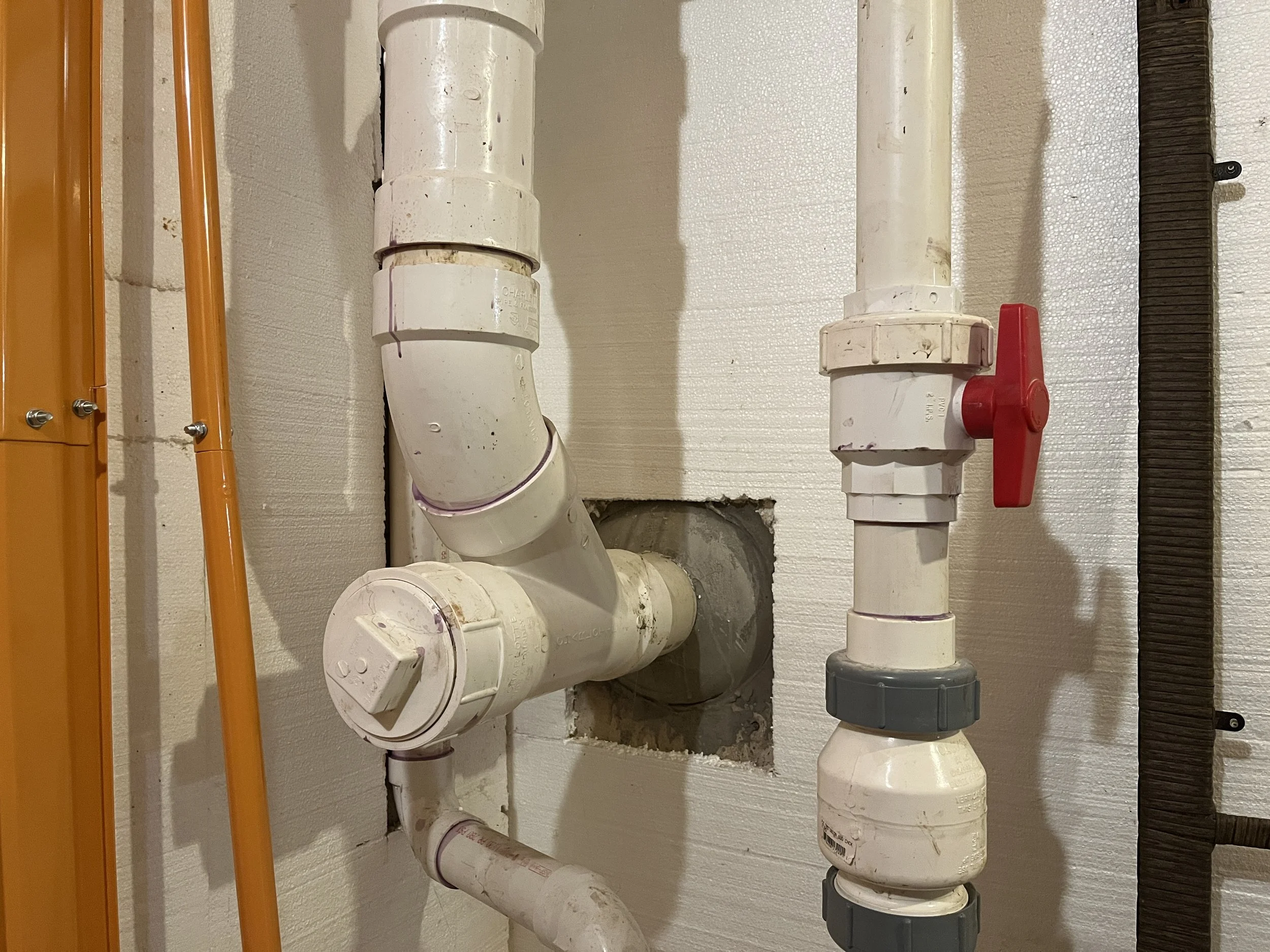Demystifying Ejector Pump vs. Injector Pump: A Comprehensive Guide for Homebuyers
Are you purchasing a new home and feeling overwhelmed by the jargon surrounding plumbing systems? Fear not! Understanding the nuances between various pumps, such as ejector pumps and injector pumps, can be pivotal, especially during a home inspection. In this article, we'll delve into the key disparities between these two types of pumps, shedding light on their functions and importance in residential properties.
Ejector Pump: A Foundation for Basement Plumbing
Let's start with the ejector pump. Commonly found in homes with basement bathrooms or laundry rooms below the level of the main sewer line, an ejector pump is a crucial component of the plumbing system. Its primary function is to lift wastewater from lower levels, such as basements, and push it into the main sewer line that runs at a higher elevation.
How Does an Ejector Pump Work?
An ejector pump operates by grinding solid waste and pumping both wastewater and sewage from areas like basements up to the sewer line. It's typically installed below the ground level in a pit, known as an ejector pit or sewage basin. When wastewater enters the pit, the pump activates, grinding the waste and propelling it upwards through a discharge pipe.
Injector Pump: Precision in Sewage Disposal
On the other hand, an injector pump serves a similar purpose but operates differently, making it essential to understand its unique characteristics.
Understanding the Injector Pump Mechanism — Unlike an ejector pump, which grinds waste, an injector pump doesn't have grinding capabilities. Instead, it utilizes water pressure to propel wastewater into the main sewer line. This mechanism involves injecting a high-pressure stream of water into the sewage, creating a force that pushes the waste towards the sewer line.
Key Differences in a Nutshell
Now that we've dissected the functionalities of both pumps, let's summarize the key differences:
1. Functionality: Ejector pumps grind solid waste, while injector pumps rely on water pressure for sewage disposal.
2. Installation: Ejector pumps are typically installed in an ejector pit, whereas injector pumps can be installed directly into plumbing lines.
3. Maintenance: Ejector pumps may require more maintenance due to their grinding mechanism, while injector pumps tend to have fewer moving parts and may need less frequent servicing.
Importance in Home Inspections
During a home inspection, understanding whether the property is equipped with an ejector pump or an injector pump is crucial. Inspectors will assess the functionality, condition, and capacity of these pumps to ensure they meet the property's sewage disposal needs effectively.
Conclusion
In conclusion, while both ejector pumps and injector pumps play vital roles in sewage disposal within residential properties, their mechanisms and functionalities differ significantly. Whether you're buying a home with a basement bathroom or considering installing additional plumbing fixtures below the main sewer line, comprehending the disparities between these pumps is essential. By being informed, you can make confident decisions regarding your home's plumbing system and ensure its smooth operation for years to come.


